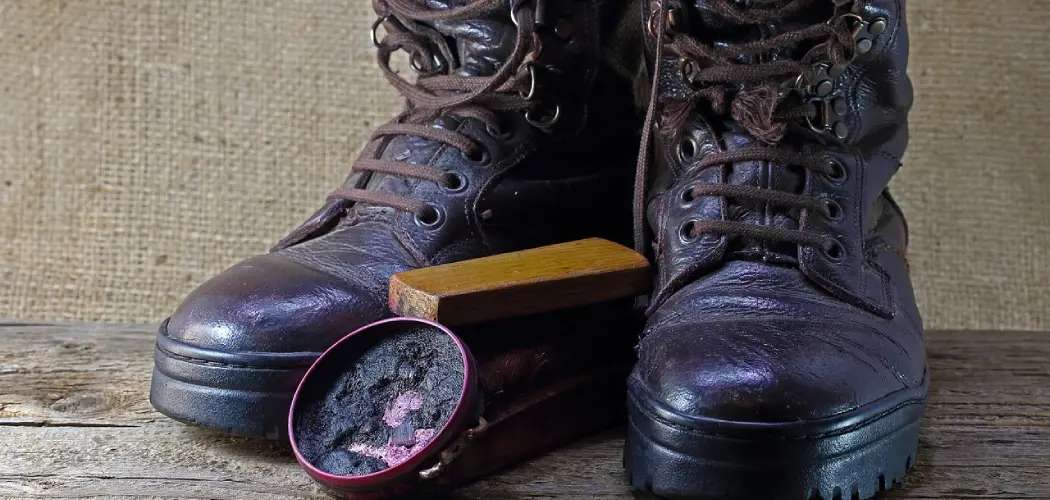Goat leather boots are known for their durability, comfort, and unique texture. To ensure that your goat leather boots remain in good condition and last for years to come, proper care and maintenance are essential.
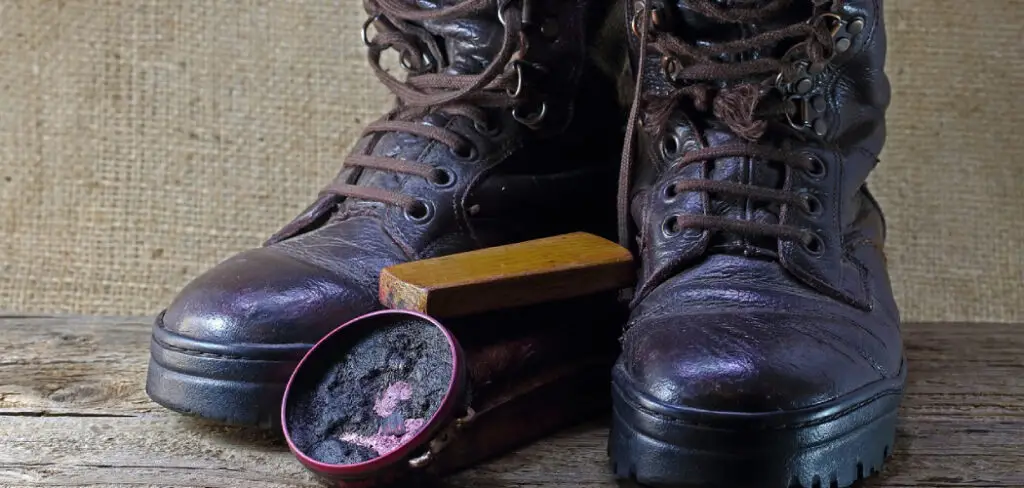
Goat leather requires specific care to keep it soft, supple, and protected from damage caused by moisture, dirt, and other environmental factors.
In this article, we will discuss how to care for goat leather boots, including cleaning, conditioning, and protecting them from maintaining their appearance and longevity. With the right care routine, you can keep your goat leather boots looking their best and extend their lifespan, making them a worthwhile investment for your footwear collection.
Is Goat Leather Waterproof?
Goat leather is not naturally waterproof, so it’s important to care for your goat leather boots properly in order to keep them looking their best and to extend their lifespan. To do this, you should regularly treat the leather with a quality waterproofing product designed specifically for use on leather footwear.
Before applying the waterproofing, clean the boots with a damp cloth to remove dirt and dust. Once the boots are clean, work the waterproofing product into the leather using a soft brush or rag. Let it dry completely before wearing your boots again. Additionally, when you’re not wearing your goat leather boots, make sure to store them in a cool and dry place away from direct sunlight or moisture.
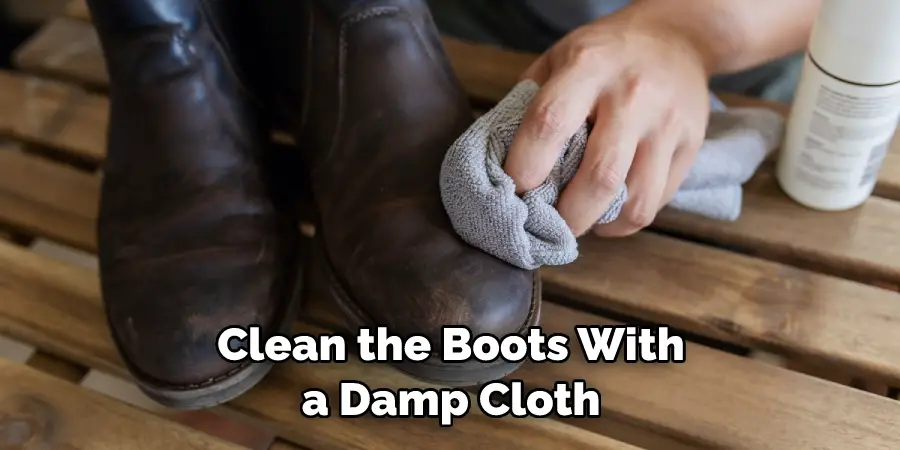
This can help prevent fading, cracking, and other damage that may occur due to exposure to water or heat. With proper care and maintenance, you can keep your goat leather boots looking great for years to come!
What Are the Disadvantages of Goat Leather?
Goat leather has a few key disadvantages. The first is that it can be difficult to find in larger sizes or widths. Additionally, goat leather is less durable than other types of leather and can wear out if not properly cared for or maintained.
It also tends to be more expensive than some other types of leather boots due to the scarcity of material available for use. Finally, because it’s softer than cowhide, it’s prone to scuffing and marks from everyday wear and tear. For these reasons, many people opt for different materials when considering their footwear options.
Thankfully, with proper care and maintenance, goat leather boots can last much longer than expected and remain in good condition. In order to get the most out of your goat leather boots, it’s important to adhere to a few basic steps. However, if the leather becomes too worn or damaged, it may be best to consult with a professional for help.

With this in mind, you can still enjoy the look and feel of goat leather boots without worrying about compromising their quality. With regular care and maintenance, your boots will last for years to come – making them an excellent choice in footwear!
10 Methods How to Care for Goat Leather Boots
1. Regular Cleaning
Regular cleaning is essential for goat leather boots to remove dirt, dust, and debris that can accumulate on the surface. Use a soft brush or a clean, damp cloth to gently brush or wipe away any dirt or dust. Be sure to pay attention to creases, seams, and other hard-to-reach areas.
Avoid using harsh or abrasive cleaners that can damage the leather. If your boots are stained, use a mild leather cleaner specifically designed for goat leather and follow the manufacturer’s instructions.
2. Conditioning
Conditioning is crucial to keep goat leather boots soft and supple. Leather conditioners help replenish the natural oils in the leather, preventing it from drying out and cracking. Apply a small amount of leather conditioner onto a clean, soft cloth and rub it gently into the leather in circular motions.
Pay extra attention to areas that tend to flex, such as the instep and ankle. Allow the conditioner to be absorbed into the leather for a few minutes, and then wipe off any excess with a clean cloth.
3. Waterproofing
Protecting your goat leather boots from moisture is essential to prevent them from getting damaged. Waterproofing products specifically designed for leather can help create a barrier that repels water and prevents it from seeping into the leather.
Apply a thin layer of waterproofing spray or cream onto the clean and dry leather surface, following the manufacturer’s instructions. Be sure to cover the entire boot, including the seams and edges. Allow the waterproofing product to dry completely before wearing the boots or storing them.
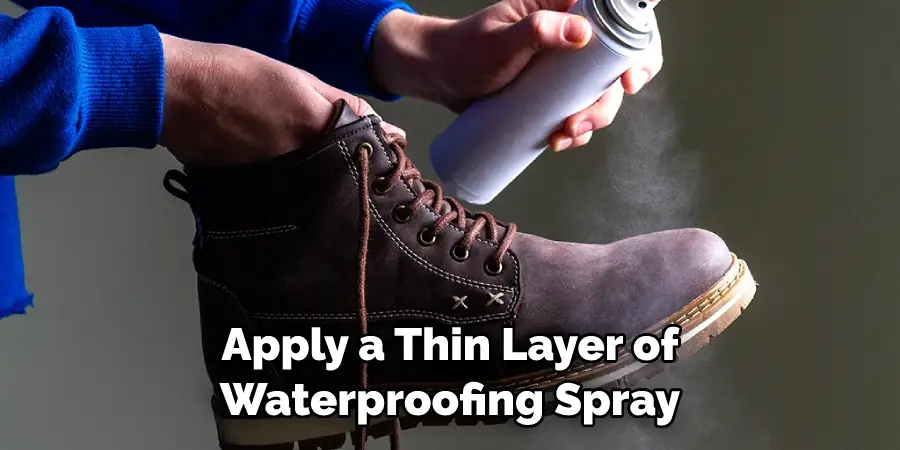
4. Avoiding Excessive Moisture
While waterproofing can help protect goat leather boots from moisture, it’s still essential to avoid excessive exposure to water. If your boots get wet, wipe off the excess moisture with a clean cloth and allow them to air dry in a well-ventilated area away from direct sunlight or heat sources. Avoid using artificial heat sources such as heaters or hair dryers, as they can cause the leather to dry out and crack.
5. Protecting from Sunlight
Prolonged exposure to direct sunlight can fade the color and cause the leather to dry out and crack. When not in use, store your goat leather boots in a cool, dry place away from direct sunlight. If you need to leave them exposed to sunlight for an extended period, cover them with a cloth or place them in a protective bag to shield them from harmful UV rays.
Additionally, you can apply a leather conditioner every six months or so to ensure the boot remains soft and supple. If the leather starts to dry out and crack, apply a small amount of oil or lotion to help restore suppleness.
6. Polishing
Polishing is an important step in maintaining the appearance of goat leather boots. Polishing not only adds shine but also helps protect the leather from dirt, dust, and other environmental elements. Use a high-quality leather polish that matches the color of your boots and apply it onto a soft cloth.
Gently rub the polish onto the leather in circular motions, paying attention to areas that may show signs of wear or scuffing. Allow the polish to dry for a few minutes and then buff the leather with a clean, dry cloth to achieve a smooth and shiny finish. Repeat this process as needed to keep your boots looking their best!
7. Avoiding Harsh Chemicals
Harsh chemicals, such as bleach, ammonia, or alcohol, can strip the natural oils from goat leather and cause it to dry out and crack. Avoid using any harsh chemicals or household cleaners on your goat leather boots. Stick to gentle leather cleaners, conditioners, and waterproofing products that are specifically designed for use on leather.
Be sure to test any product on an inconspicuous area of the boot before using it on a larger area. Additionally, avoid getting your goat leather boots wet as much as possible, and always let them dry in a cool, dry area away from direct heat or sunlight.
8. Storing Properly
Proper storage is essential to keep your goat leather boots in good condition. Avoid storing them in damp or humid areas, as moisture can cause the leather to mold or mildew. It’s best to store them in a cool, dry place with good air circulation.
If possible, store them in a breathable fabric bag or wrap them in acid-free tissue paper to protect them from dust and scratches. Avoid storing them in plastic bags or containers, as these can trap moisture and lead to mold or mildew growth.
9. Handling with Clean Hands
When handling your goat leather boots, make sure your hands are clean and free from any dirt or oils. Dirty hands can transfer oils and dirt onto the leather, which can be difficult to remove and can potentially damage the leather over time.
Wash your hands thoroughly before handling your boots, and avoid touching them with greasy or dirty hands. If you find yourself out and about with your boots, make sure to bring along a handkerchief or napkin to wipe them down before handling them.
10. Regular Inspection
Regularly inspect your goat leather boots for any signs of wear, scuffs, or damage. Address any issues immediately to prevent further damage. If you notice any stains or spills, clean them promptly with a mild leather cleaner.
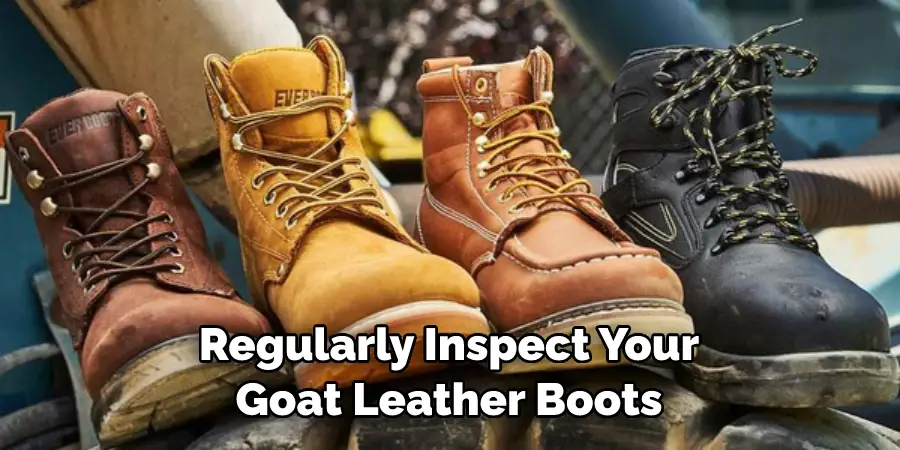
If your boots have deep scuffs or scratches, you may need to use a leather conditioner or polish to restore their appearance. Regular inspection allows you to catch any problems early and take appropriate action to maintain the integrity of the leather.
Conclusion
Taking proper care and maintenance of goat leather boots is essential for long-term durability and comfort. With regular cleanings, waterproofing treatments, and oiling, your goat leather boots can stay in their best condition for years on end. It is important to stay aware of potential damage sources, such as exposure to salt water or other hazardous substances.
Carry out necessary steps to repair any damages, such as stitching up rips or tears and offering additional protections for bits exposed to harsh elements. Thanks for reading, and we hope this has given you some inspiration on how to care for goat leather boots!

